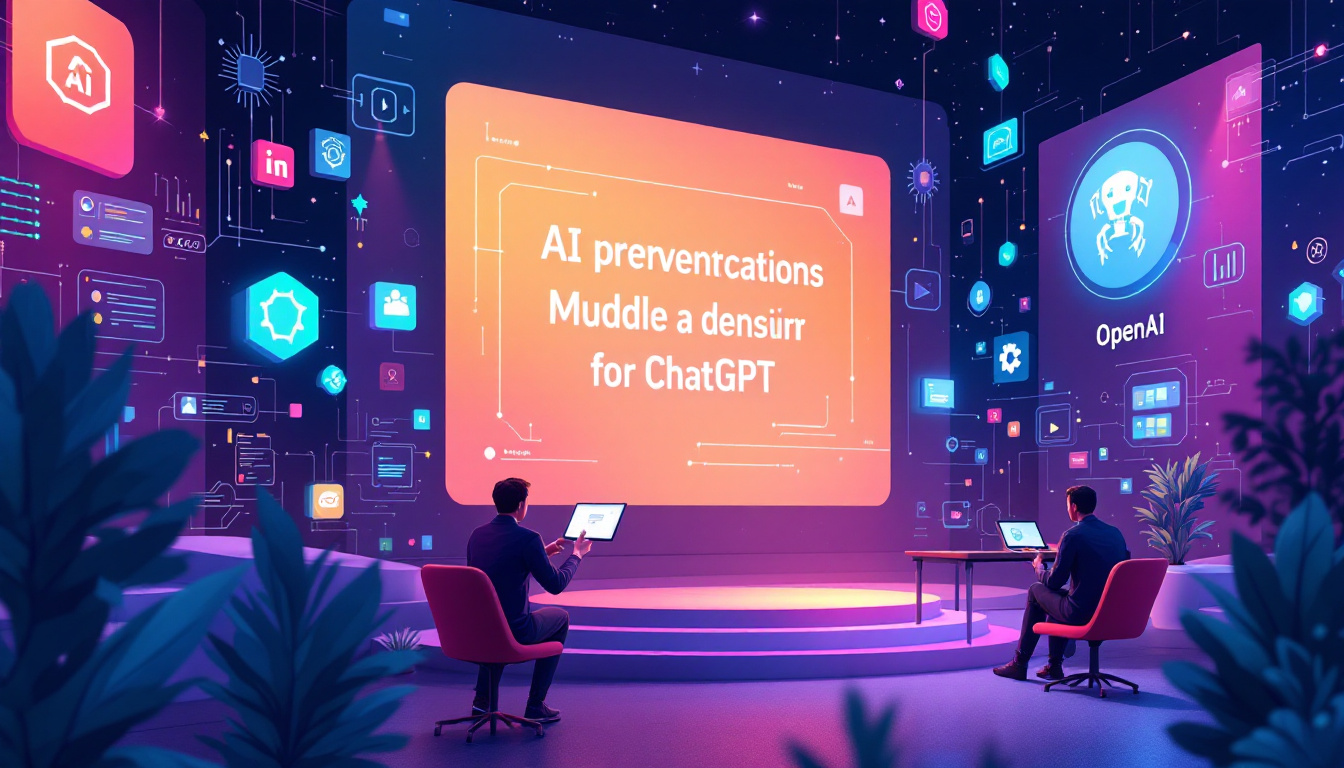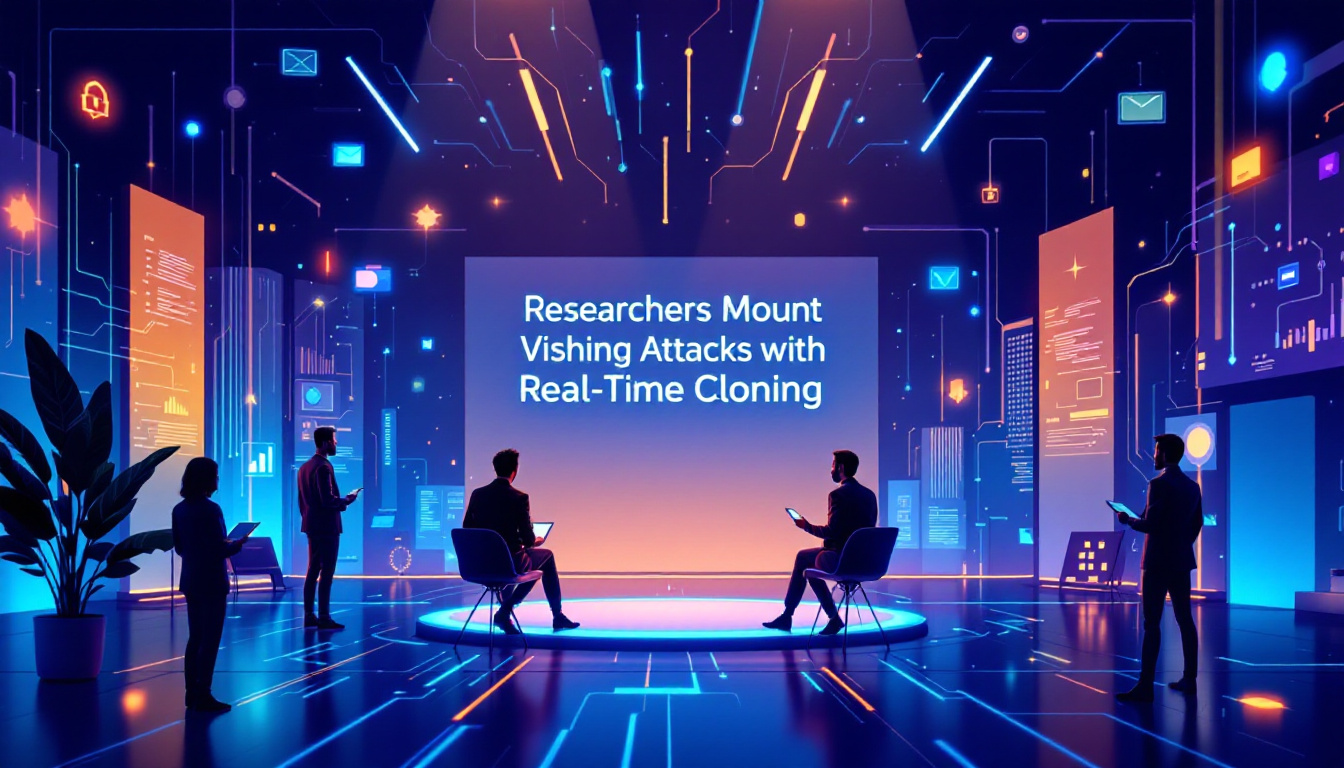California's New AI Safety Law Shows Regulation and Innovation Don’t Have to Clash
Artificial Intelligence is often described as the double-edged sword of our era—holding immense potential for good while posing risks that can’t be ignored. But here’s the thing: regulation and innovation are often painted as enemies in this story. What if they didn’t have to be? California’s newly enacted AI safety law gives us a blueprint for how these two forces can not only coexist but thrive together.
Why This Law Matters
Let’s face it—AI is no longer a futuristic concept. From ChatGPT writing essays to autonomous vehicles navigating highways, it’s shaping how we live, work, and interact. But the speed of innovation has left many policymakers scrambling to catch up. Enter California, a state already known for leading the charge on tech-related legislation. The new AI safety law, formally titled the California AI Accountability Act, is designed to ensure that AI systems are transparent, ethical, and—most importantly—safe.
Unlike the heavy-handed policies that some fear could stifle innovation, this law focuses on accountability without suffocating creativity. It requires companies to conduct risk assessments, disclose how their AI models make decisions, and include safeguards against bias and misuse. For those in the AI industry, this is a big deal and a potential game-changer.
What the Law Actually Does
So, what’s in the fine print? Here’s a breakdown of the law’s key provisions:
- Mandatory Risk Assessments: Companies must evaluate the potential risks of their AI systems, including impacts on privacy, security, and discrimination.
- Transparency Requirements: Organizations are required to disclose how their AI models make decisions, particularly in high-stakes areas like hiring or lending.
- Third-Party Audits: Independent audits will ensure that companies are adhering to these standards.
- Public Reporting: Businesses must publish summaries of their risk assessments, making the process more transparent to the public.
It’s worth noting that this law doesn’t impose blanket restrictions on AI development—it simply ensures that companies building and deploying these technologies are held accountable for their impact.
Building Bridges Between Tech and Policy
Critics of AI regulation often argue that it stifles innovation. And yes, poorly designed policies can lead to unintended consequences. But California’s approach is different. By involving tech leaders, ethicists, and policymakers in the law’s development, the state has created a framework that feels more like a partnership than a crackdown.
“Regulation shouldn’t be about putting up roadblocks but about creating guardrails,” said Dr. Laura Chang, an AI ethics researcher at Stanford University. “California’s law is a great example of how we can balance innovation with responsibility.”
This collaborative approach could serve as a model for other states—and even countries—looking to navigate the complex landscape of AI governance.
Lessons from the Past
We’ve seen what happens when emerging technologies aren’t regulated responsibly. Remember the early days of social media? Platforms like Facebook and Twitter were hailed as revolutionary tools for connection, but the lack of oversight led to widespread issues like misinformation, data breaches, and even election interference. The lesson is clear: waiting too long to regulate can have dire consequences.
California’s AI safety law aims to avoid these pitfalls by addressing potential risks early on. It’s a proactive step that acknowledges the lessons of the past while keeping an eye on the future.
What This Means for Businesses
If you’re a business leader or tech innovator, you might be wondering: “What does this mean for me?” The short answer? It’s time to prioritize ethical AI practices. While the law may initially seem like an added layer of compliance, it’s also an opportunity to build trust with consumers and stakeholders.
Take Microsoft, for example. The company has already implemented internal AI ethics guidelines and regularly publishes reports on the societal impacts of its technologies. This kind of transparency isn’t just good PR—it’s becoming a competitive advantage.
For startups, the law might feel more daunting. But here’s a silver lining: building ethical AI from the ground up is often easier than retrofitting systems later. By aligning with these new standards, smaller companies can position themselves as leaders in responsible innovation.
The Road Ahead
California’s AI safety law is a reminder that regulation and innovation don’t have to be adversaries. When done thoughtfully, they can complement each other, creating an environment where technology serves humanity without compromising safety or ethics.
As AI continues to evolve, so too will our understanding of its risks and rewards. California’s leadership in this space is a promising sign that we can find a balance—if we’re willing to work together. The question now is, will other states and nations follow suit?



